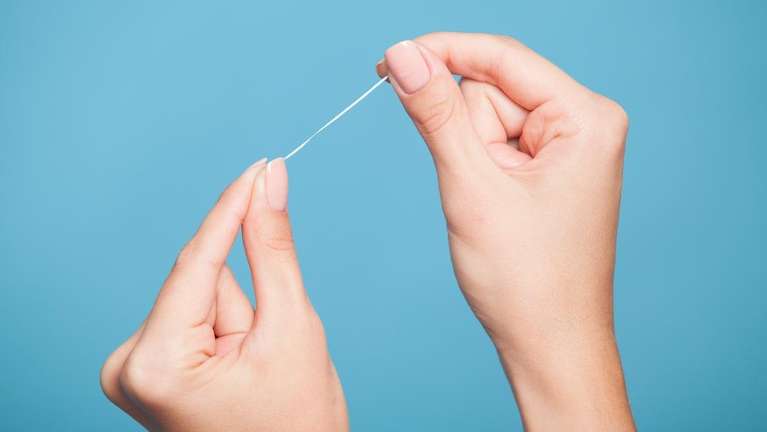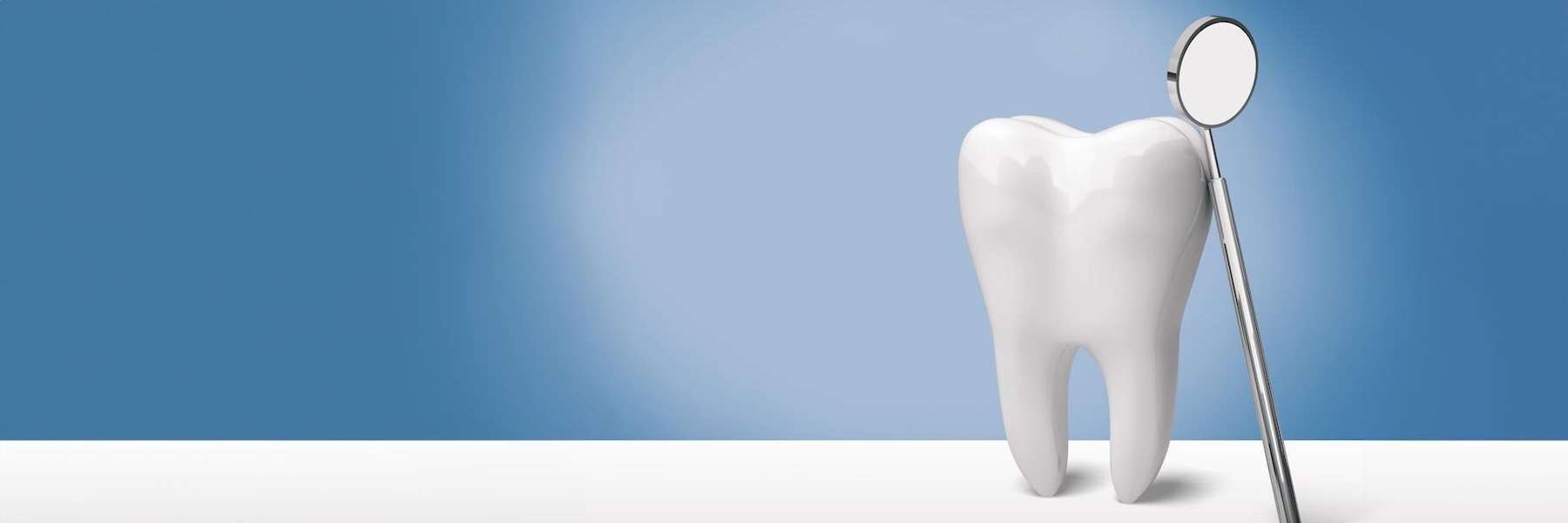
Did you know that you can get cavities between your teeth? It's true!
If you don't successfully remove plaque, bacteria buildup, and food debris from between your teeth, you may develop tooth decay and need dental fillings. This is why flossing your teeth daily is so important. But the question is, which type of flossing is right for you, traditional or water flossing?
The answer depends on your unique needs since both flossing methods are reliable. Here's what you should know.
Traditional Flossing 101
Flossing with a thread or a flosser requires skill and dexterity to wrap the floss around each tooth successfully. If you don't use proper techniques, you may spread plaque and bacteria to other teeth.
It's essential to use enough thread (about 18 inches) to have a clean piece for each tooth. Move the thread in a C-shape motion up and down each side of the tooth. If you're using a flosser, you may have to rinse it to prevent plaque from spreading to other teeth.
If the floss gets stuck between your teeth, waxed floss may be helpful.
The Ins and Outs of Water Flossing
A water flosser may be ideal for those who struggle with traditional flossing, whether due to dexterity or floss sticking or breaking between their teeth. The jet on a water flosser may also be more effective in areas that are harder to reach with traditional floss.
Patients with braces might also find water flossing easier than threading traditional floss through their brackets and wires.
It's also important to note that only one family member should use the water flosser to avoid spreading germs and bacteria.
Contact Cameron Village Dentistry
If you have questions about your dental health or the necessary tools to maintain it, contact your Raleigh, NC, dentist at (919) 821-2454 for more information.
